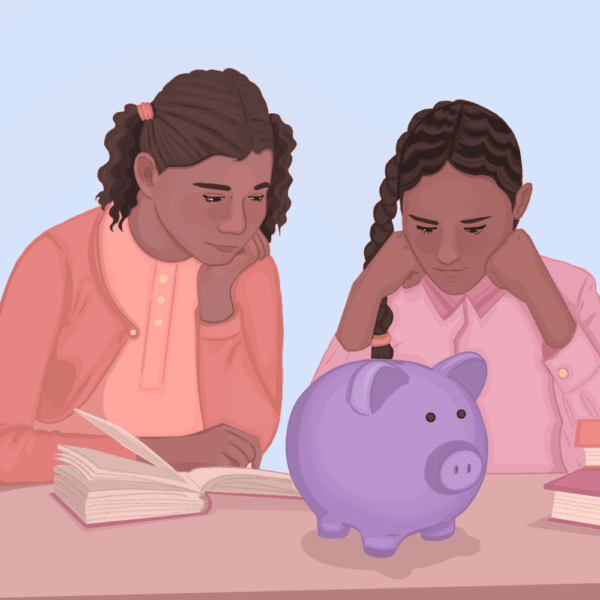The foundation of both long-term financial well-being and personal empowerment is financial knowledge. It gives people the information and abilities they need to manage their finances, including investing, budgeting, and spending, in an educated manner. We’ll discuss the value of financial literacy, how it fits into the educational system, and answer often asked questions to help you better understand money in this post.
The Importance of Financial Knowledge
Beyond knowing the fundamentals of math, financial literacy includes a wide variety of ideas such as debt management, investing, saving, and budgeting. A person who is financially literate can make wise financial decisions, prepare for the future, and negotiate the intricacies of today’s financial environment.
Including Financial Literacy in the Curriculum:
Because educational institutions understand how important financial literacy is, they are adding more and more of it to their curricula. A sample table classifying financial literacy subjects for each grade level is shown below:
| Grade | Financial Literacy Categories |
|---|---|
| K-2 |
|
| 3-5 |
|
| 6-8 |
|
| 9-12 |
|
Students may gain vital skills that enable them to make wise financial decisions as they go through life by incorporating financial literacy into their schooling.
Frequently Asked Questions:
- What role does financial literacy play in day-to-day living?
Making wise choices about debt management, investing, saving, and budgeting requires financial literacy. It promotes long-term financial well-being by enabling people to successfully negotiate the intricacies of the financial world. - How may my knowledge of finance be improved?
Learn the fundamentals of money management, including how to create a budget, save money, and invest. Make use of internet tools, go to workshops on financial literacy, and think about seeking individual advice from financial experts. - When should children be taught financial literacy?
With age-appropriate conversations and activities, financial literacy may be introduced to children from a young age. Starting in elementary school and continuing through high school, formal financial literacy instruction can be tailored to the increasing complexity of the subjects being studied. - What elements are essential to a solid financial foundation?
Having a solid financial base entails managing debt, budgeting, investing, saving, and appreciating credit. Establishing an emergency fund and making long-term goal plans are also essential. - How can parents help their kids become financially literate?
Setting savings objectives, including kids in household budget conversations, and giving them the opportunity for practical financial experiences are all ways that parents may impart financial literacy to their kids. Age-appropriate conversations and activities can aid in establishing wise financial practices.
In summary:
A person’s path toward financial literacy starts with basic information and continues as they encounter new possibilities and obstacles. People may take charge of their financial futures, make wise decisions, and create a safe and wealthy future by actively working to improve their financial literacy and incorporating it into their schooling. The journey towards financial literacy may be transforming and powerful, regardless of whether you’re a parent, student, or someone who wants to improve your financial literacy.



